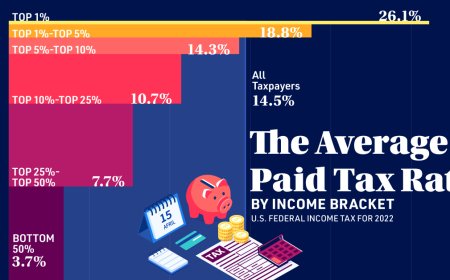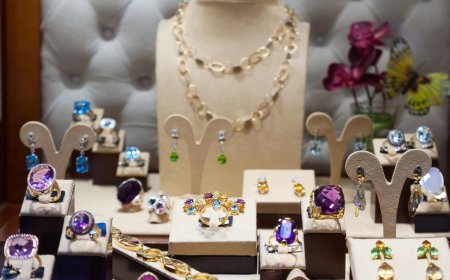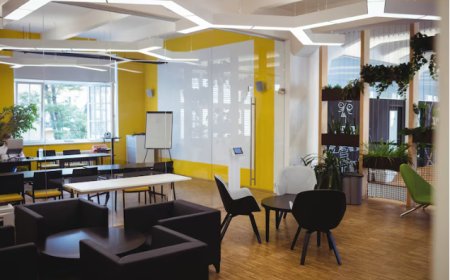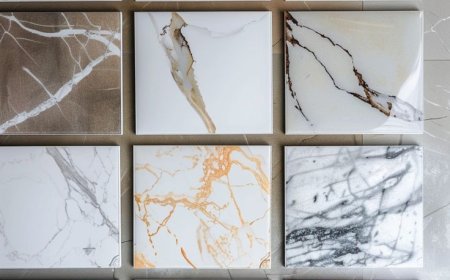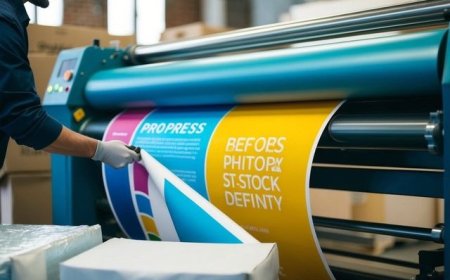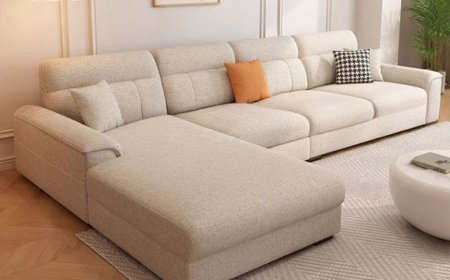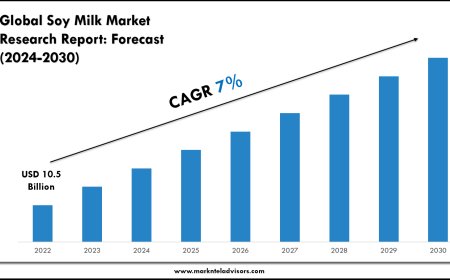Elevate Your Workspace with the Perfect Conference Room Table
The conference room table has evolved beyond a simple piece of office furniture; it is now the centerpiece of collaboration, strategic planning, and professional communication. In today's modern business environment, where meetings are frequent and team engagement is key, selecting the right conference room table can greatly impact productivity, aesthetics, and workflow. Whether you're designing a new office or upgrading your current boardroom, the conference table you choose plays a significant role in setting the tone for your space. A well-chosen conference room table can enhance the layout, impress clients, and foster team collaboration. But how do you make the right decision? Lets explore everything that goes into choosing the best conference room table to suit your needs.
The Role of a Conference Room Table in Modern Office Design
In the past, conference rooms were designed to be functional, with little emphasis on style or adaptability. However, todays offices are increasingly dynamic, with open floor plans and multipurpose rooms. As a result, a conference room table must be more than just a flat surface for meetings. It should reflect the company culture, support digital communication tools, and offer ergonomic comfort for attendees. Modern conference tables come in various materials, shapes, and functionalities, allowing for customization to match your brand identity and meet specific business requirements. From high-gloss finishes to rustic wood grains, the right table enhances the rooms ambiance and communicates professionalism.
Choosing the Right Size and Shape for Your Conference Room Table
Selecting the ideal conference room table starts with understanding the size and shape that best suits your meeting space. Oversized tables in small rooms can make the area feel cramped and uncomfortable, while undersized tables in large rooms may appear insignificant and fail to foster a sense of collaboration. Rectangular tables are the most traditional, ideal for boardrooms and formal settings. On the other hand, round or oval tables promote more inclusive conversations and equal participation, making them suitable for creative or collaborative teams. U-shaped or boat-shaped tables offer a blend of openness and structure, supporting both presentations and group discussions. When choosing size, consider the number of attendees you regularly host and allow for at least 30 inches of space per seat for comfortable spacing.
Materials That Blend Aesthetics with Durability
Another vital factor in choosing a conference room table is the material. The right material not only ensures long-lasting use but also defines the rooms visual appeal. Common options include wood, laminate, glass, and metal. Solid wood tables offer a timeless, premium appearance but may require more maintenance. Laminate tables are more budget-friendly and come in a variety of finishes, offering excellent resistance to scratches and stains. Glass tables exude modern elegance and are easy to clean, but they can show fingerprints and may not offer the same level of durability. Metal frames are often used for a contemporary look and structural support. Ultimately, your material selection should align with both your interior design and operational needs.
Integrating Technology in Conference Room Tables
Todays meetings heavily rely on technology, whether it's for virtual conferencing, presentations, or collaborative platforms. A modern conference room table should be equipped with cable management systems, built-in power outlets, USB ports, and data connectivity. Tables with integrated technology allow for seamless presentations and device charging, reducing clutter and keeping the meeting environment organized. If your business frequently hosts remote meetings or uses AV equipment, investing in a table designed for tech integration will significantly improve your meeting efficiency. Some tables even offer modular components that let you update technology features as your needs evolve, offering long-term value and future-proofing your investment.
Designing for Collaboration and Comfort
Comfort is often overlooked when choosing conference furniture, but it plays a significant role in the productivity of long meetings. A well-designed conference room table should allow ample legroom, a comfortable height, and enough space between attendees to prevent crowding. The layout of the room and the positioning of the table should encourage eye contact and interaction. Adding features like modesty panels or ergonomic chairs can enhance overall comfort. Additionally, consider the acoustics and lighting in your meeting spacetable surfaces can influence how sound travels in a room, and glossy finishes may reflect overhead lighting unfavorably. Choose finishes and surfaces that reduce distractions and promote focus.
Sustainable Choices for the Eco-Conscious Workplace
With the rise of eco-conscious business practices, sustainability is an important consideration for many companies. Opting for conference room tables made from recycled or certified sustainable materials shows a commitment to environmental responsibility. Many manufacturers now offer eco-friendly tables that do not compromise on design or functionality. Tables made with low-emission finishes or FSC-certified wood are widely available. Choosing sustainable options can also contribute to green building certifications such as LEED, adding long-term value to your workspace and brand reputation.
Budgeting Without Compromising Quality
Every business works within a budget, and office furniture is no exception. While it's tempting to go for the lowest-priced option, the cheapest table might not offer durability or features essential for your operations. A better approach is to consider cost over time. High-quality tables may have a higher upfront cost but often require fewer replacements or repairs. Work with suppliers who provide warranties, flexible customization options, and after-sales support. Bulk purchasing or bundled packages may also help reduce overall costs if you're furnishing multiple rooms or setting up a new office space from scratch.
Conference Room Table Trends in 2025 and Beyond
Office design continues to evolve, and the conference room table is no exception. In 2025, the trend leans toward hybrid functionalitytables that serve multiple purposes, from formal meetings to casual brainstorming. Height-adjustable tables and standing conference desks are gaining popularity for their ergonomic benefits. Smart tables that support wireless charging, AI-assisted conferencing tools, or built-in screens are emerging in tech-driven offices. Aesthetic trends are moving toward matte finishes, rounded edges, and natural textures to create a more inviting and less corporate atmosphere. By staying updated with these trends, companies can ensure that their meeting spaces remain modern and inspiring.
Conclusion
A conference room table is more than just a functional piece of office furnitureit is the heart of every major decision, client presentation, and team collaboration. From selecting the right size and shape to incorporating modern technology and sustainable materials, choosing the perfect table requires thoughtful consideration. With a wide range of styles, materials, and features now available, there's a solution for every business need and brand aesthetic. Investing in the right conference room table not only elevates your office space but also enhances productivity, collaboration, and professionalism. For businesses seeking both style and functionality, the brand office furniture offers tailored solutions to meet the evolving demands of the modern workplace.













